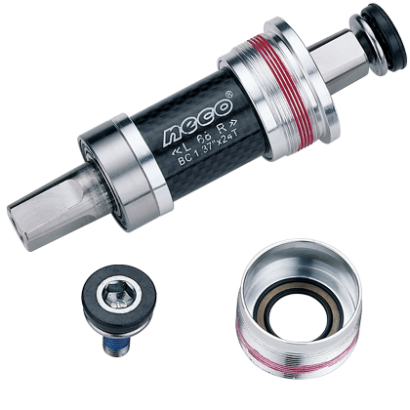The military must continually meet challenges that involve declining work resources and an increased workload. They must create efficient responses to these complications in order to remain operative. One of the best examples of meeting this challenge is the CAD/PAD program. This program is removing the gap between readiness and resources to assist military employees in the field.
A CAD is a cartridge activated device, and a PAD is a propellant activated device. They create bursts of energy to perform a function within a larger assembly, and they can be typically found inside military-related products such as air crew escape systems, fire suppression assemblies, bomb and counter-measure ejector systems as well as safe emergency exit systems. Unsurprisingly, there are approximately 3,100 of these devices now invented to support energetic devices in the Navy, Air Force, Marine Corps, Army, and even in NASA’s work.
The program began under the direction of Naval and Air Force officers. They sought to establish a program for managing these devices that valued:
Use of best practices to sustain growth and quickly respond to client needs
Continuous improvement of product management and prolonged business life cycle
Commodity management, not weapon system management
Working-level initiative improvement
Responsibility of Navy as lead service in the program
By combining these practices, the program has created an employment model that incorporates Navy, Air Force, and Marine Corps management practices into a single functioning body. Since the program’s beginnings, it has achieved vast success by improving its logistical systems and maintaining the high-quality of its innovative products.

In 1998, Dennis P. Chappell became the director of the joint program office (JPO). The office was staffed by Indian Head Division, Naval Surface Warfare Center employees, and Chappell worked with the CAD/PAD program to help it grow. He would serve as engineering director and program manager and receive numerous awards from the Department of Defense. For example, in 2001, the JPO received the David Packard Excellence in Acquisition Award for the program’s ability to supply devices to military employees in the field in a timely fashion. These devices were once seen as difficult to obtain, but by transitioning the team’s logistics from paper (back in the day) to computers (in this modern day) it allows for around the clock contact. The devices can be shipped to military personnel and tracked overnight. The estimated time of delivery changed from 90 days to approximately one week.
Information regarding these devices is available to the public. The Network Electronics Company is one manufacture of high-precision mini pyrotechnic devices in the United States, and researchers can view many of their products online by visiting their website (http://www.networkselectronic.com). They have information regarding two of the most common PADs- gas generators and igniters. Gas generators are used in life rafts, ejection seat components, and propellant actuated device other emergency release systems. Igniters help charge gas generators, rocket motors, start and pressure cartridges, and more. Literally millions of igniters have been manufactured to need consumer needs.